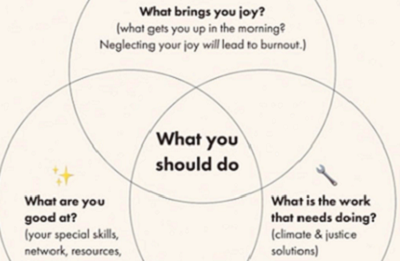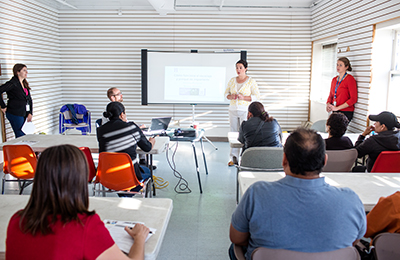Celebrate Earth Day 2022: Be part of the solution to climate change
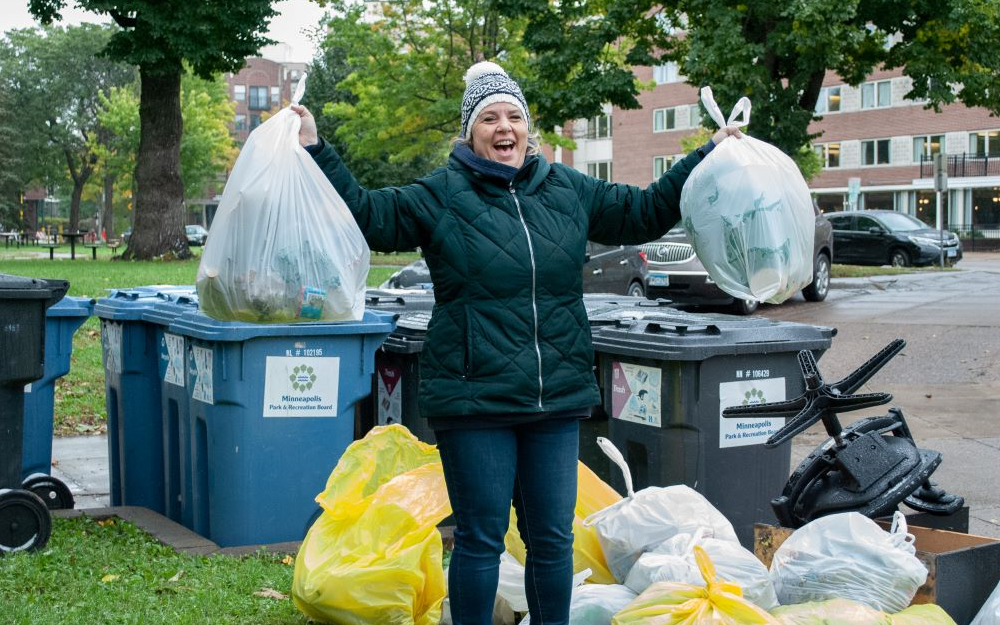
Climate change is solvable, we know the solutions, and we’re in this together. Even in Minnesota, we are starting to notice the effects of climate change from warming winter temperatures to more extreme precipitation events. Thankfully, most people are interested in creating a climate-friendly future. To create that future, we need to be willing to take significant action on the most impactful changes.
The most impactful ways to take climate action are:
- Get around in a sustainable way
- Switch to renewable energy and conserve energy
- Avoid wasting food and eat a more plant-based diet
- Live a low-waste lifestyle and practice thoughtful consumption
- Be a good steward of our natural resources
- Talk about climate change and get involved in your community
In this article, you will find resources to take action this Earth Day to address climate change as individuals and as a community.
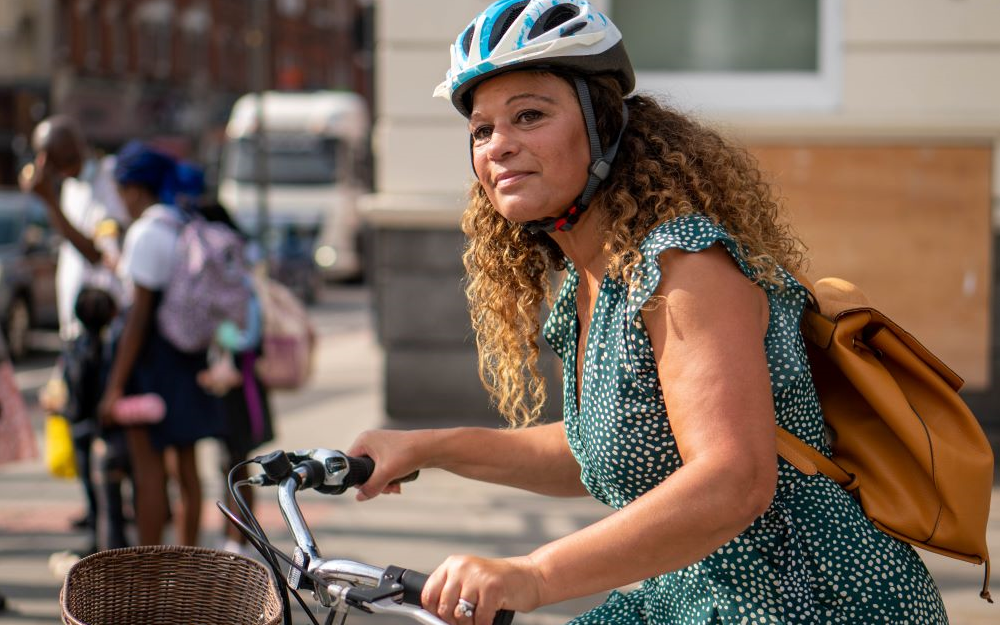
Get around in a sustainable way
Gasoline-powered vehicles are a big source of greenhouse gas emissions. In fact, the transportation sector generates the largest share of greenhouse gas emissions in the U.S., so choosing more sustainable transportation options can have a big impact.
About one-third of greenhouse gas emissions in Hennepin County come from transportation. Reducing vehicle miles traveled, which is a measure of all the miles driven by all the cars and trucks on all the roadways in a region, is critical to meeting our greenhouse gas emission reduction goals. Learn how we are committed to improving biking in Hennepin County.
Improving public transportation is also an effective climate change strategy. In 2018, Metro Transit provided nearly 81 million rides — many of them on the current Blue Line and Green Line light rails that run through Hennepin County. Learn more about how the Blue Line light rail extension will increase transit access.
Act now
- Choose to bike, walk, take public transit, and carpool instead.
- Invest in an electric or hybrid vehicle.
- Cut down on airplane travel.
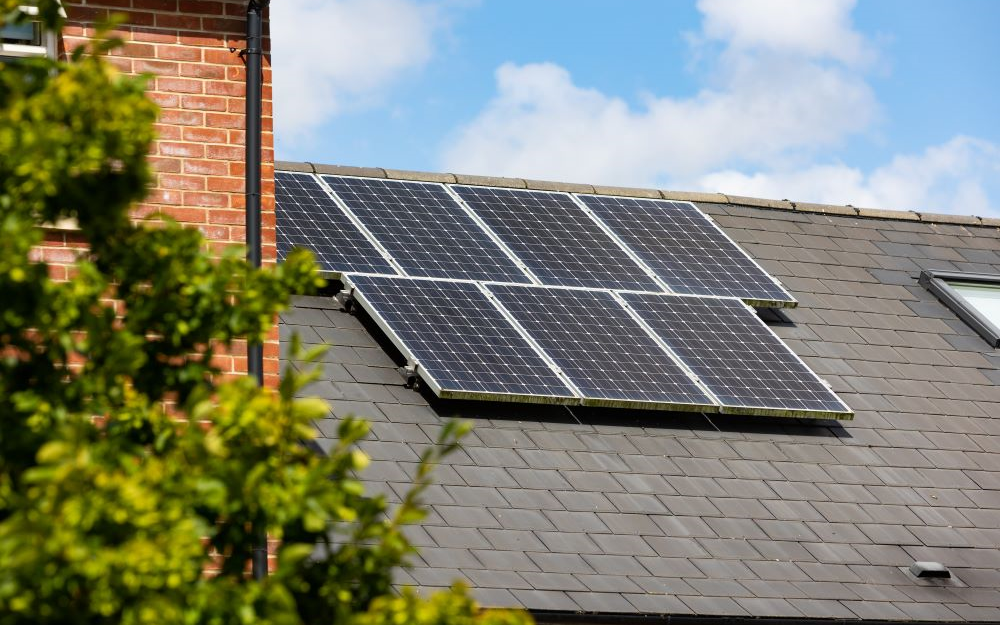
Switch to renewable energy and conserve energy
Much of our electricity comes from burning fossil fuels like coal and natural gas, making electricity production the second largest contributor of greenhouse gas emissions in the U.S. Conserving energy and transitioning to renewable energy sources will make a big difference.
In 2019, Hennepin County saved nearly 17 million kilowatt hours of electricity. This is enough energy to charge an electric vehicle 340,000 times and drive it 565,500 miles or 22 times around the world! Learn how Hennepin County is reducing energy use and making sure all our buildings operate as efficiently as possible.
If you want to create clean, renewable, local power right at home, going solar may be a good option. Learn about how solar works and figure out if it is a good fit for your home and environmental goals.
While investing in renewable sources of energy, like solar and wind, can be a powerful step in reducing greenhouse gas emissions, these investments can be costly and take time to implement. That’s why it’s important to make sure you have the basics of energy efficiency covered first. There is huge potential for energy savings right at home! Learn how you can improve your home's energy efficiency.
Act now
- Purchase renewable energy through your electricity provider, buy into community solar, or install solar at your home.
- Conduct a home energy audit to identify energy conservation opportunities, including adding insulation and sealing leaks.
- Upgrade to energy-efficient appliances.

Avoid wasting food and eat a more plant-based diet
More than 40% of food in America is wasted, which wastes the energy and resources that goes into growing, transporting, and processing that food. Additionally, our food industry, particularly the meat and dairy sector, is a major contributor to climate change, so eating a plant-rich diet can greatly reduce your carbon footprint.
In Hennepin County, we know from waste sorts that 20% of our trash is food. On average, 3.5 pounds of food are wasted per person per week. Of that waste, two-thirds is potentially edible. As a leader in waste management, the county is focusing on reducing food waste. It’s one of the single most effective solutions to address climate change.
We have the power to significantly reduce the amount of food that goes to waste, save ourselves money, and have a positive impact on climate change by making changes right at home in our kitchens and when we go shopping. Learn more about how you can plan ahead to reduce food waste. There is also a lot we can do to store food properly to make sure it gets eaten instead of going to waste.
Food scraps that cannot be eaten are great candidates for composting! Learn more about how you can compost in your backyard.
Act now
- Prevent wasted food by practicing meal planning, keeping track of and eating the food you buy, understanding food labels, and learning to properly store and preserve food.
- Participate in an organics recycling program in your community.
- Start backyard composting to put the food waste you can’t avoid to better use.
- Reduce your meat and dairy consumption by eating a plant-rich diet.

Live a low-waste lifestyle and practice thoughtful consumption
From manufacturing and transportation all the way through to disposal, everything we buy has an impact. Being intentional about the things you own and taking care of them to make them last will reduce your footprint and simplify your life.
Creating new products requires energy — to harvest raw material, process it, manufacture it, transport it, and sometimes, to use it. Producing and transporting goods is associated with 45% of global emissions. Learn how you can reduce your footprint and live a lower waste lifestyle.
Reducing your reliance on plastics will go a long way in reducing your carbon footprint. Most plastics are made from oil and gas — fossil fuels that contribute to climate change. About 4% to 8% of the world's oil production is for plastics, and most plastics are thrown away after a single use. Learn how you can address climate change by going plastic free. Hennepin County recently joined the U.S. Plastics Pact to support residents and businesses who want to take action on plastic waste and pollution.
Act now
- Think before you buy — consider if you really need it, how you will use it, and how you will ultimately get rid of it.
- Be an intentional consumer by only buying what you need, buying high-quality items that are designed to last, shopping used, and seeking opportunities to borrow or swap.
- Extend the life of your items by maintaining and repairing them.
- Use your power as a consumer to support businesses that are taking steps to reduce their climate impact.
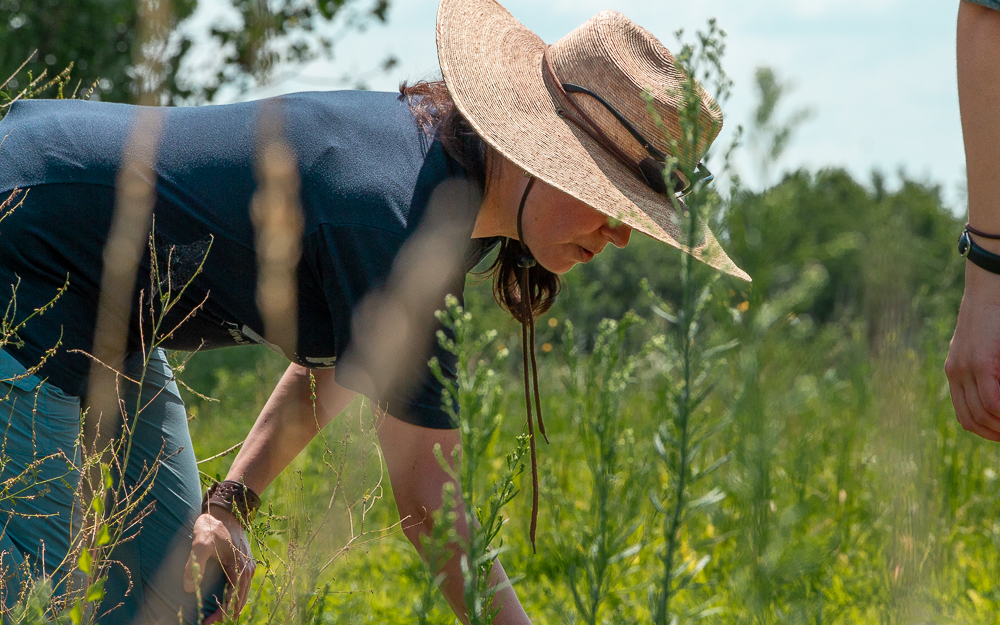
Be a good steward of our natural resources
The natural areas and habitats we treasure and that increase our resiliency are vulnerable to climate change. Changing temperature and moisture patterns put added pressure on ecosystems and stormwater management infrastructure.
For example, salt use in winter is a fast and effective way to manage ice on roadways, but it negatively impacts soils and surface waters, potentially contaminating aquatic and terrestrial habitats and affecting drinking water. Learn about Hennepin County’s efforts to reduce salt use on county roads.
Trees remove carbon dioxide from the atmosphere through photosynthesis and store carbon in their wood. The older the tree, the more climate benefits it provides. The shade from trees also lessens the need for cooling in buildings. Learn more about the climate-fighting power of trees and what the county is doing to protect the county’s tree canopy and increase the benefits that trees provide.
You can be a good steward of our natural resources by conserving water, protecting pollinators, and keeping rainwater in your yard.
Act now
- Take care of mature trees on your property, look for opportunities to plant new trees, and get involved with tree care and planting in your community.
- Keep water in your yard by installing rain barrels, designing a rain garden or redirecting downspouts, and keeping the storm drains on your street clear of trash, leaves, and other debris.
- Provide habitat for pollinators by planting native flowers, adding a pollinator friendly seed mix to your lawn, and reducing or eliminating the use of pesticides.
- Go electric with your lawn and garden equipment and plant alternatives to turfgrass that require less watering and mowing.
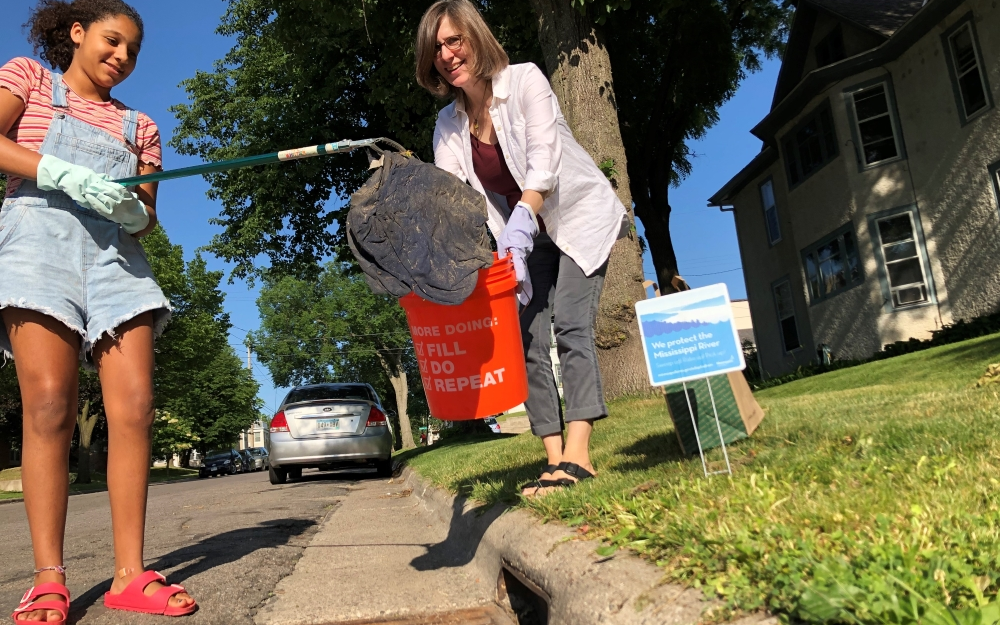
Talk about climate change and get involved in your community
Climate change is a big problem that requires big solutions. Acting together can help bring about the changes we need.
When starting conversations on climate change, remember that most people are concerned about the issue, and you may find more areas of agreement than you expect. Finding commons interests and areas of concern, speaking to shared values, and connecting to what people care about — hobbies, family, faith, community, jobs, etc. — are the important foundations of effective climate conversations. Learn more tips for having climate conversations.
Understanding the science of climate change makes people more concerned about the issue, more likely to support action, and more confident in talking to others. Teaching about climate change can be complicated, but educators don’t need to generate curriculum themselves. Many educational resources already exist, including full curriculum programs, individual activities, downloadable games, and digital interactive tools.
Remember, climate change is a broad issue, so addressing the climate crisis will require a lot of different people putting their skills and talents to work in a lot of different areas. Learn more about how best to focus your climate action.
Act now
- Share experiences in recycling, composting and ideas to reduce waste on our new engagement site.
- Sign up for email updates on the county’s work to implement the Climate Action Plan.
- Join an Earth Day cleanup or Arbor Day event or get involved with one of Hennepin County’s environmental volunteer programs.
- Support a community group doing good work on climate change or integrate climate action into a group you are already involved with.
- Start a conversation by learning how to talk about climate change and sharing your climate story.
